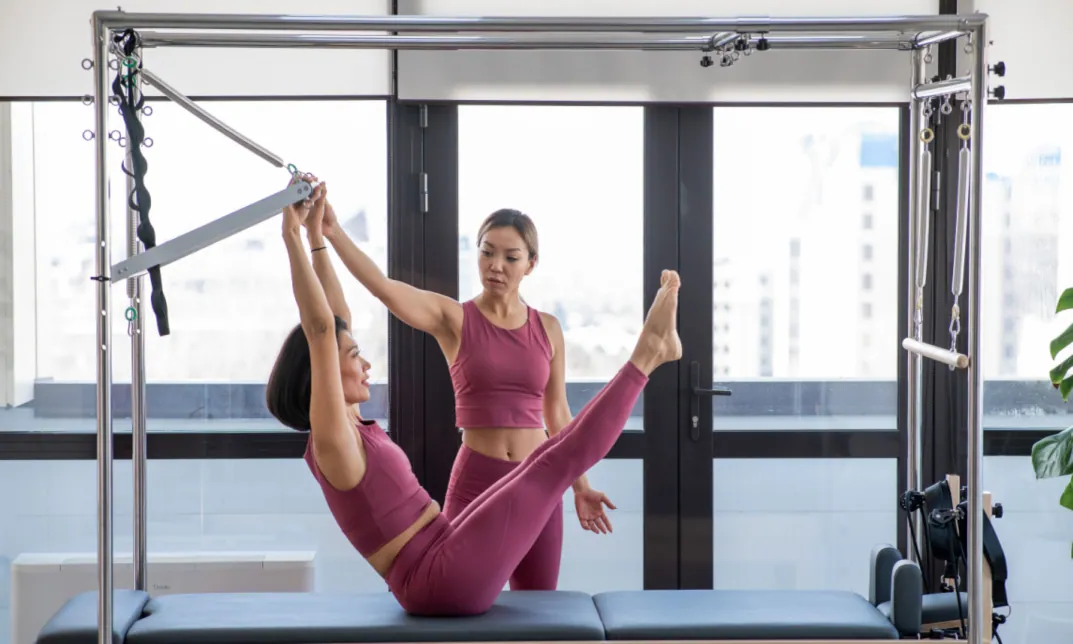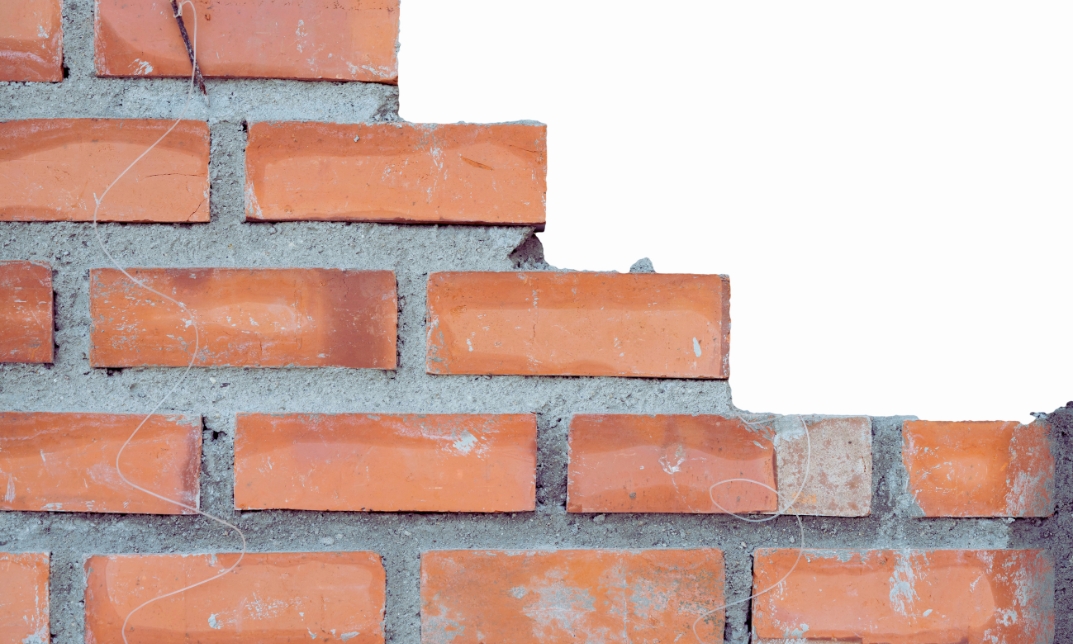Subtotal:
£8.99
Are you thinking about turning your passion for Pilates into a profession? If so, you may be asking yourself, how do I become a Pilates teacher? The path to becoming a Pilates teacher involves more than just mastering the exercises; it requires formal training, certification, and gaining valuable experience. So, let’s explore what steps are needed to transform your love of Pilates into a fulfilling career.

What is Pilates?
Before diving into how to become a Pilates teacher, it’s essential to understand what Pilates is. Pilates is a form of exercise focusing on core strength, flexibility, and mindful movement. Developed by Joseph Pilates in the early 20th century, it aims to connect the body and mind through controlled, precise movements.
However, it’s not just about physical strength. Pilates also teaches body awareness and breath control. Therefore, to teach it, you must deeply understand how the body works and how to guide others safely through exercises.
How Do I Become a Pilates Teacher?
Becoming a Pilates teacher requires fulfilling various requirements and obtaining certification. It is imperative to follow the proper steps to become a Pilates teacher. Here’s a breakdown of the steps to becoming one:
Step 1: Deepen Your Own Pilates Practice
Before you can teach, you must first become a committed Pilates student yourself. Therefore, the first step in becoming a Pilates teacher is to deepen your personal practice. Attending regular classes with a variety of instructors helps you see different teaching styles.
Moreover, mastering the core movements and principles of Pilates is key. You will need to be able to perform exercises fluently and with the correct form. As a result, you’ll be more equipped to demonstrate these movements when you’re in front of a class.
Step 2: Choose the Right Pilates Teacher Training Program
Once you’ve developed a solid foundation in Pilates, the next step is to enrol in a Pilates teacher training program. However, not all programs are the same. Therefore, you need to choose an accredited and well-recognised program in the fitness industry. Course Cave’s Professional Pilates Trainer course may be the right option for you as it is one of the best and most affordable courses out there.
Most programs offer two types of certifications: mat certification and comprehensive certification. Mat certification covers exercises done on the mat and is often the starting point for many instructors. Comprehensive certification, however, includes training on Pilates equipment such as the reformer, Cadillac, and chair. Whichever you choose, you should ensure that the program is thorough and gives you the skills to teach Pilates to others confidently.
Step 3: Complete Your Training Hours
To become certified, you must complete a certain number of training hours. Most Pilates certification programs require between 450 and 600 hours of study. This may include lectures, practical assessments, and teaching practice.
During this time, you will learn the history of Pilates, anatomy, how to modify exercises for different skill levels, and how to structure classes. As a result, by the end of your training, you should feel prepared to teach both beginner and advanced students.
Step 4: Pass Your Exam
Once you’ve completed the required training hours, the next step is to pass your certification exam. The exam usually consists of both a written and practical assessment. In the written portion, you will be tested on your knowledge of Pilates principles, anatomy, and class structure.
However, the practical part is where you will demonstrate your ability to teach Pilates. You may be asked to lead a class, modify exercises for different students, and explain the benefits of certain movements.
Therefore, it’s important to study and practice leading classes before taking the exam. Once you’ve passed, you will officially be a certified Pilates teacher.
Step 5: Gain Teaching Experience
After becoming certified, the next question is: how do I become a Pilates teacher with experience? Gaining practical teaching experience is key to building your confidence and skills. Thus, start by offering classes to friends and family or work as an assistant to a more experienced instructor.
Moreover, many Pilates studios and gyms hire newly certified instructors for part-time roles. You can teach beginner classes or assist with larger groups, which will allow you to learn and grow in a supportive environment.
Step 6: Choose Your Career Path
As a Pilates teacher, you have many career options. You could work at a fitness centre, teach private classes, or even open your own studio. Therefore, it’s important to decide what type of teaching best suits your lifestyle and interests. Here are some common options:
Teaching at a Studio or Gym
Many new instructors start by teaching at a Pilates studio or gym. This allows you to gain experience without the pressure of running your own business. Moreover, working in a studio often means you have access to high-quality equipment and a ready-made client base.

Offering Private Lessons
Private lessons may be the best option if you prefer working one-on-one with clients. As a result, you can customise your sessions to each individual’s needs and goals. However, finding private clients can take time, so this path may require more marketing and networking.
Running Your Own Studio
Eventually, many Pilates teachers decide to open their own studio. However, this requires business knowledge and significant upfront investment. Therefore, it’s usually best to gain experience and build a client base before taking this step.
Key Skills for a Successful Pilates Teacher
It’s important to note that being a Pilates teacher is more than just knowing the exercises. There are key skills that can make or break your success as an instructor.
- Communication: You must clearly explain movements and give instructions that are easy to follow.
- Patience: Every student learns at their own pace. Therefore, having patience is crucial, especially when working with beginners.
- Adaptability: You’ll often need to modify exercises for different abilities. Thus, being flexible and able to think on your feet is essential.
- Motivation: Encouraging and motivating your students is key to keeping them engaged and helping them reach their goals.
Final Thoughts
Becoming a Pilates teacher requires dedication, patience, and a passion for helping others. The process may seem long, but if you stay committed, it’s a rewarding career path. So, if you’ve been wondering, how do I become a Pilates teacher?, now you know the key steps: deepen your practice, complete a certified training program, and gain experience. Once you’ve got the qualifications and experience, you’ll be well on your way to guiding others in their Pilates journey.





